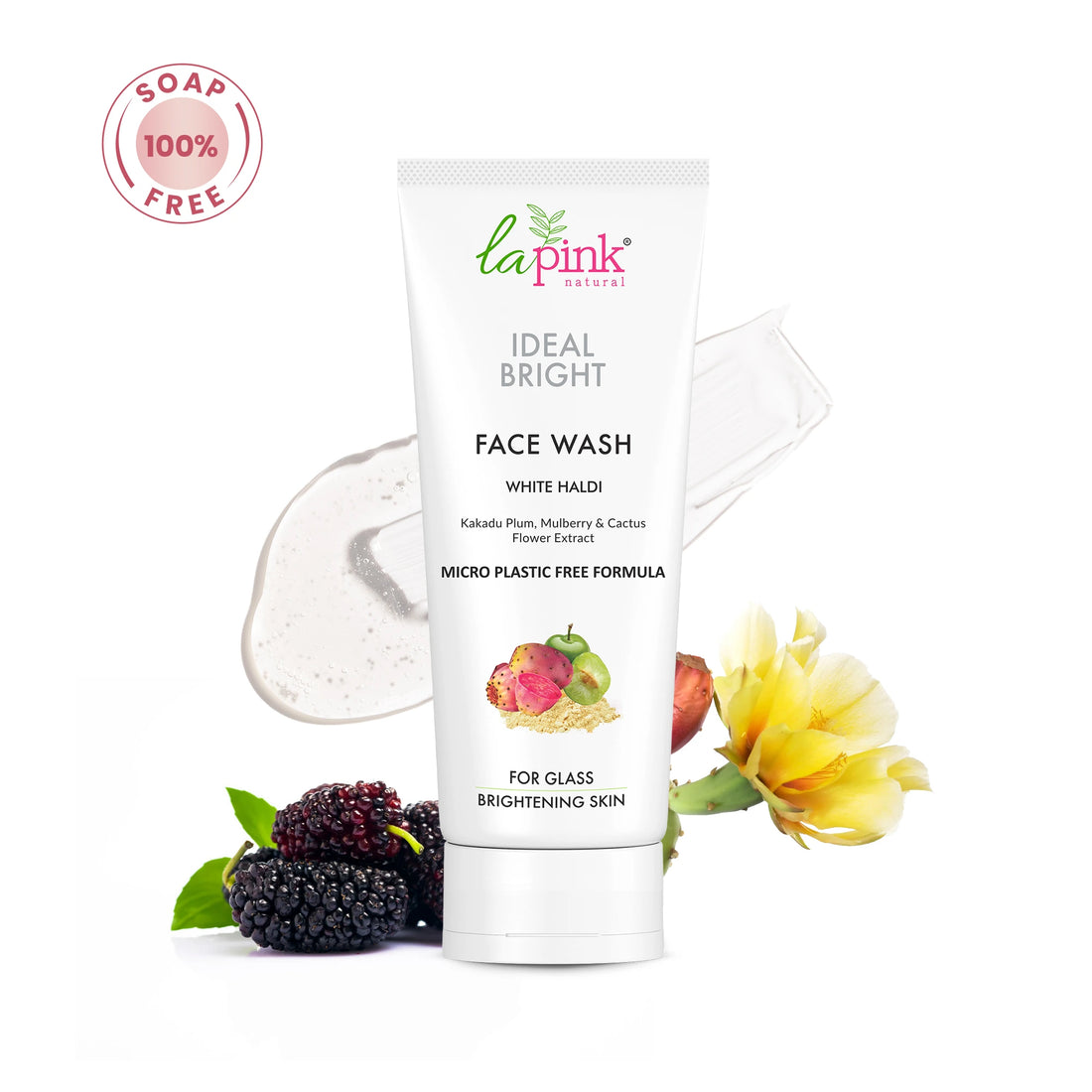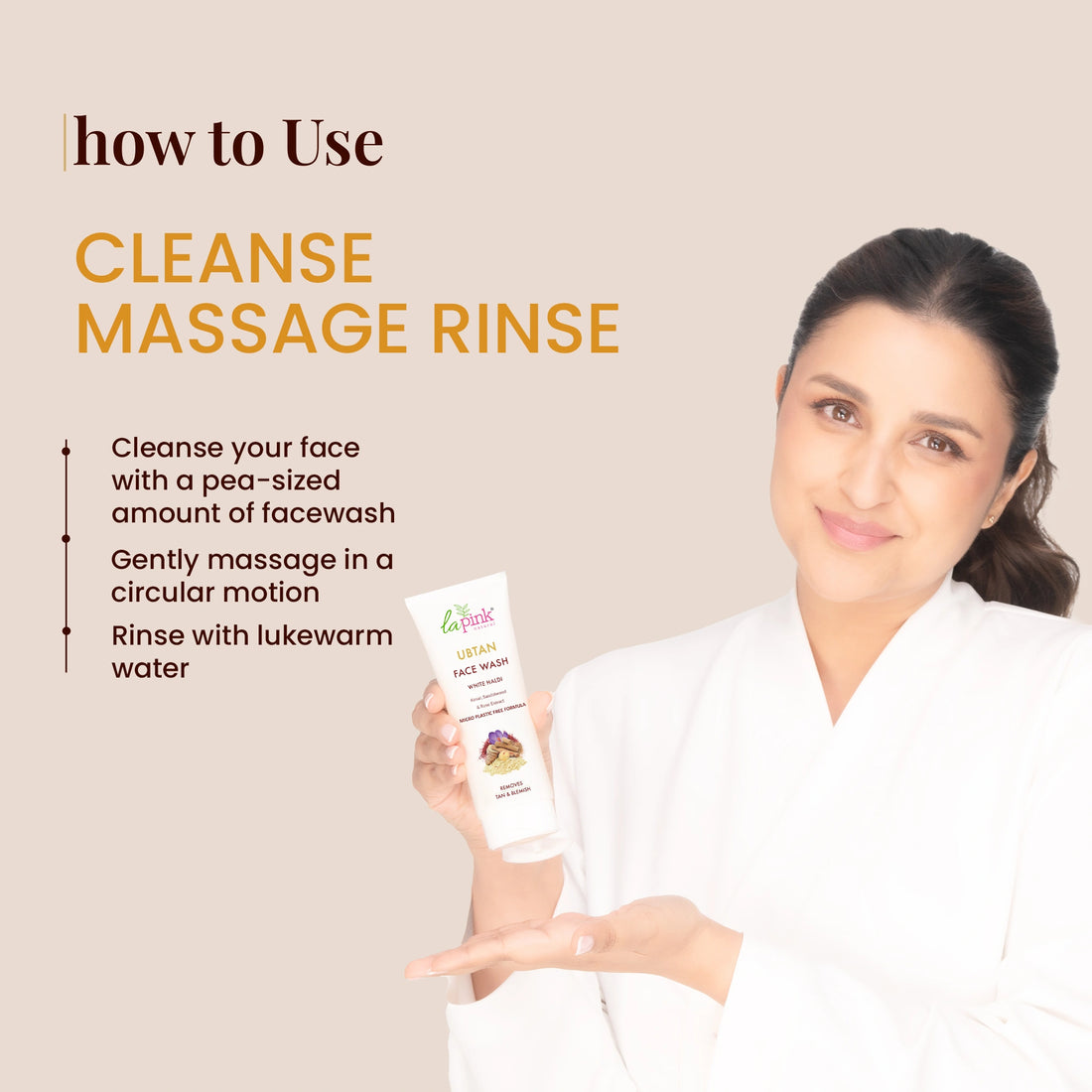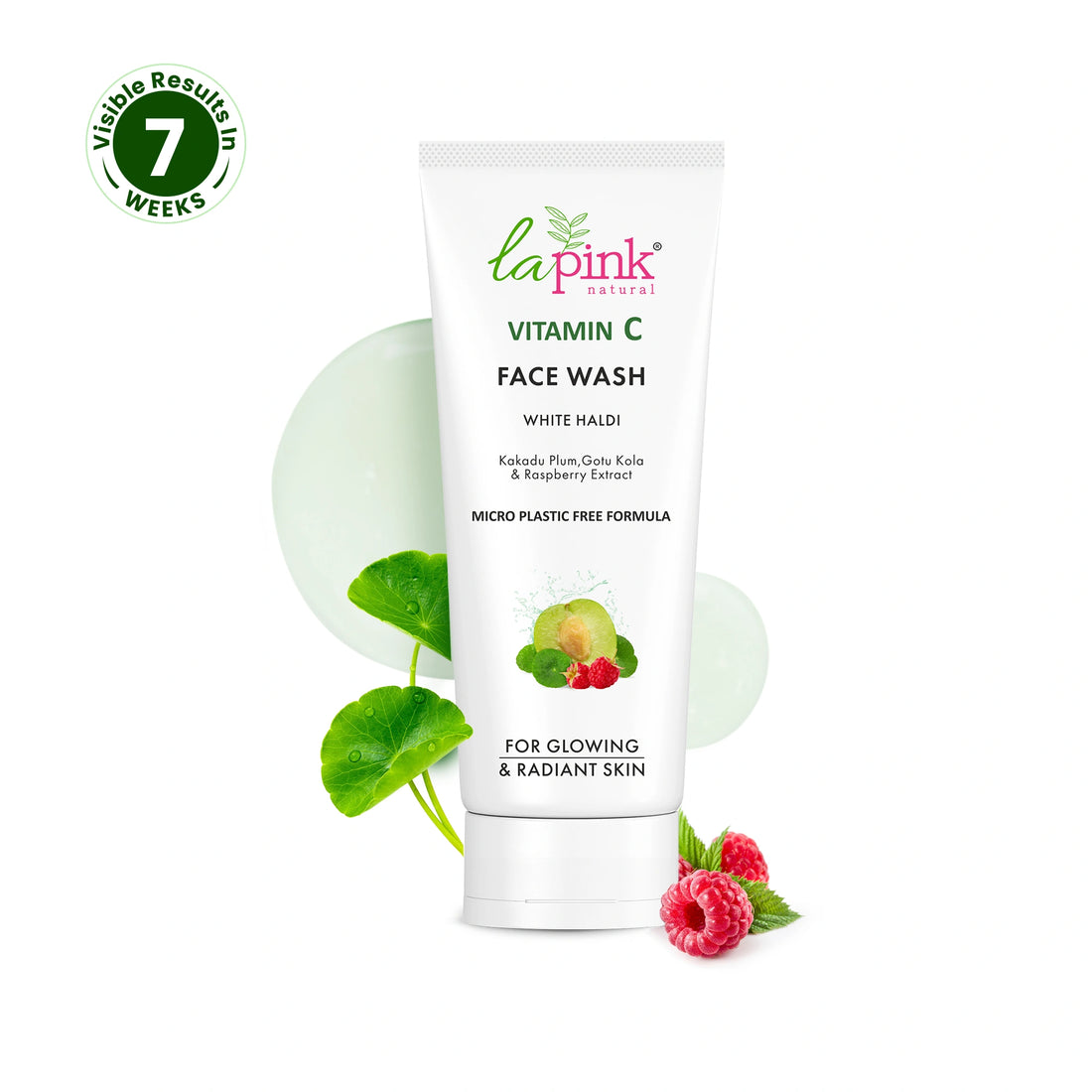Improves Product Spreadability and Absorption
Skincare products with thick or sticky consistencies often feel unpleasant on the skin. Octyl Palmitate dramatically improves the “slip” of products, allowing them to glide over the skin easily and evenly. It also acts as a penetration enhancer helping other active ingredients reach deeper layers of the skin.
This property is particularly useful in formulations that contain ingredients like retinol or vitamin C, where delivery and stability are key.
Functions as a Silicone Alternative
Many consumers today prefer to avoid silicones in skincare due to concerns about occlusiveness or environmental impact. Octyl Palmitate serves as a plant-derived alternative that offers the same smooth, velvety finish without the downsides of silicones.
It leaves a non-tacky, feather-light afterfeel, making it an excellent base for primers, moisturizers and serums intended for oily or combination skin.
Supports Skin Barrier Repair
While Octyl Palmitate itself isn’t bioactive, its ability to reduce transepidermal water loss indirectly supports the skin’s protective barrier. By sealing in moisture and preventing dehydration, it aids in maintaining optimal skin function and elasticity.
This makes it especially helpful in barrier-repairing skincare, including post-procedure creams or moisturizers for sensitized skin.
Enhances Texture in Natural and Clean Formulations
Octyl Palmitate is popular in clean beauty for good reason. It's biodegradable, derived from naturally occurring ingredients (alcohol and fatty acids) and is generally non-toxic and non-irritating. Because of this, it’s often used in natural product lines looking to create luxurious textures without synthetic polymers.
How Microplastics Interfere with Octyl Palmitate's Effectiveness?
Many skincare products that contain Octyl Palmitate also include microplastics like polyethylene, polypropylene, or acrylates. These synthetic agents are added to enhance viscosity, film-forming ability, or exfoliation. However, microplastics come with drawbacks that can reduce the effectiveness of Octyl Palmitate and the overall formulation.
Here’s how:
- Barrier Formation: Microplastics can form a semi-occlusive film on the skin, preventing ingredients like Octyl Palmitate from properly penetrating and conditioning the skin.
- Disrupted Skin pH: Plastic residues can disturb the natural pH balance of the skin, leading to dryness, inflammation and irritation.
- Blocked Absorption: The smooth film formed by plastic-based agents can limit the effectiveness of actives in the product, essentially trapping Octyl Palmitate on the surface layer without full absorption.
Choosing microplastic-free formulations with Octyl Palmitate ensures you receive the full range of its skin-conditioning benefits.
How to Use Octyl Palmitate in Skincare?
Octyl Palmitate is used in concentrations ranging from 1% to 25%, depending on the product’s function. Here’s how it’s typically incorporated:
- Moisturizers: 2–10% to create a lightweight, hydrating texture
- Sunscreens: 5–20% to improve spreadability and create a smooth finish
- Foundations/Primers: 10–25% to act as a natural silicone replacement
- Cleansing Balms and Oils: 5–15% for gentle cleansing and emollience
It’s safe for daily use but always perform a patch test especially if your skin is oily or acne-prone.
Octyl Palmitate may not be the star ingredient on your product label, but its role in improving skin texture, delivering a silky-smooth finish and enhancing product efficacy is unmatched. With its non-greasy nature, compatibility with most actives and eco-friendly profile, it’s a hidden gem in modern skincare.
Opting for clean formulations free from microplastics ensures that Octyl Palmitate works to its full potential leaving your skin soft, hydrated and radiant without compromise.



































































